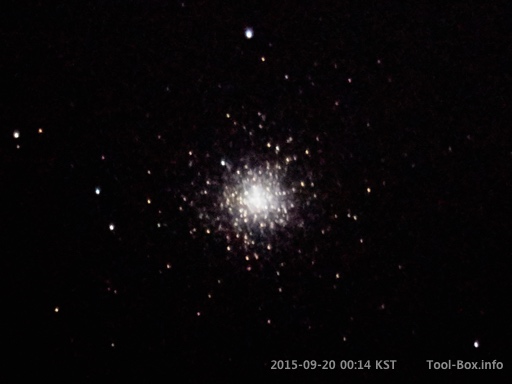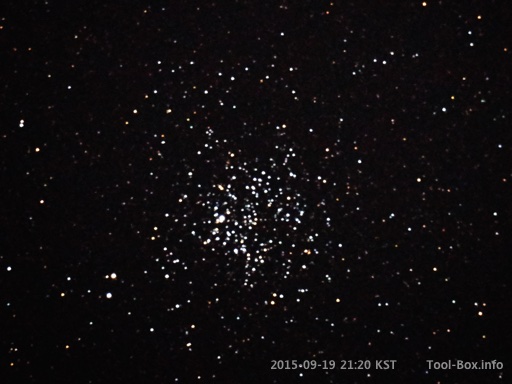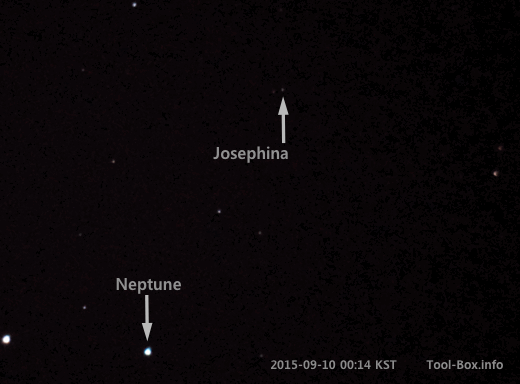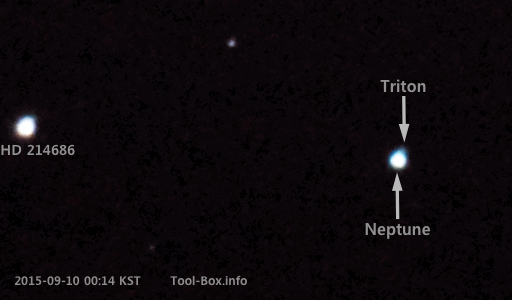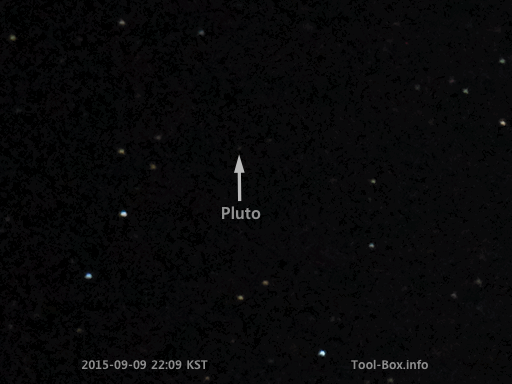Saturn in the early evening with A5000
Posted by Wesley on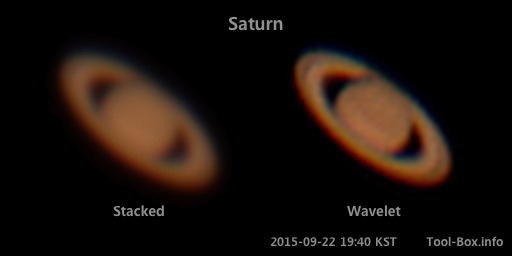
Saturn as seen by Sony A5000
In the early evening these days, Saturn is seen shining brightly in the southwestern sky. The apartments nearby hinder the sight well before it sets into the western horizon, though. And in a few weeks, even this narrow opportunity would go away. This meant that now was the time to take photos of Saturn with my new A5000.
Preliminary attempts last week were disappointing, however. The planet looked dark and fuzzy. After analyzing the problem, I concluded that the rails on the window and the pollution (atmospheric and light-induced) near the horizon were causing this. So I raised the telescope up a bit and tried to shoot as early in the evening as possible.
As a result, the photographs from last evening came out looking good. Cassini division and the differently-coloured layers of the surface are all visible. This is comparable to the ones I took back in May, even though the apparent size is smaller (18.32 vs. 15.85 arc seconds). This may have been helped by A5000 having a slightly higher resolving power (0.19 vs. 0.20 arc seconds / pixel) than iPhone 6 Plus.
This is encouraging in a couple of ways. This confirmed A5000's ability to provide almost all my astrophotography needs. And on May 2016, Mars will be about as big as Saturn today (excluding the ring part), so I may be able to get some nice photos of the red planet.
Telescope: Celestron NexStar 6SE + 2.5x barlow
Device: Sony A5000 (prime focus)
Settings: (3750mm) - ISO 800 - 1/4s - (f/25)
Filters: None
Time: 2015-09-22 19:35 - 19:44 KST
Location: Naju, Korea
33 photos stacked with RegiStax 6.1.0.8
Defined tags for this entry: astronomy, Celestron NexStar 6SE, planet, Saturn, Sony A5000, telescope
